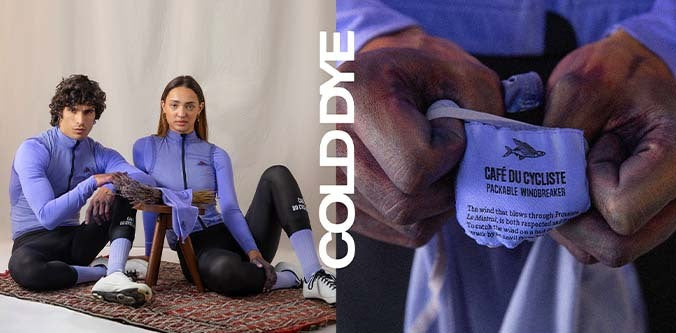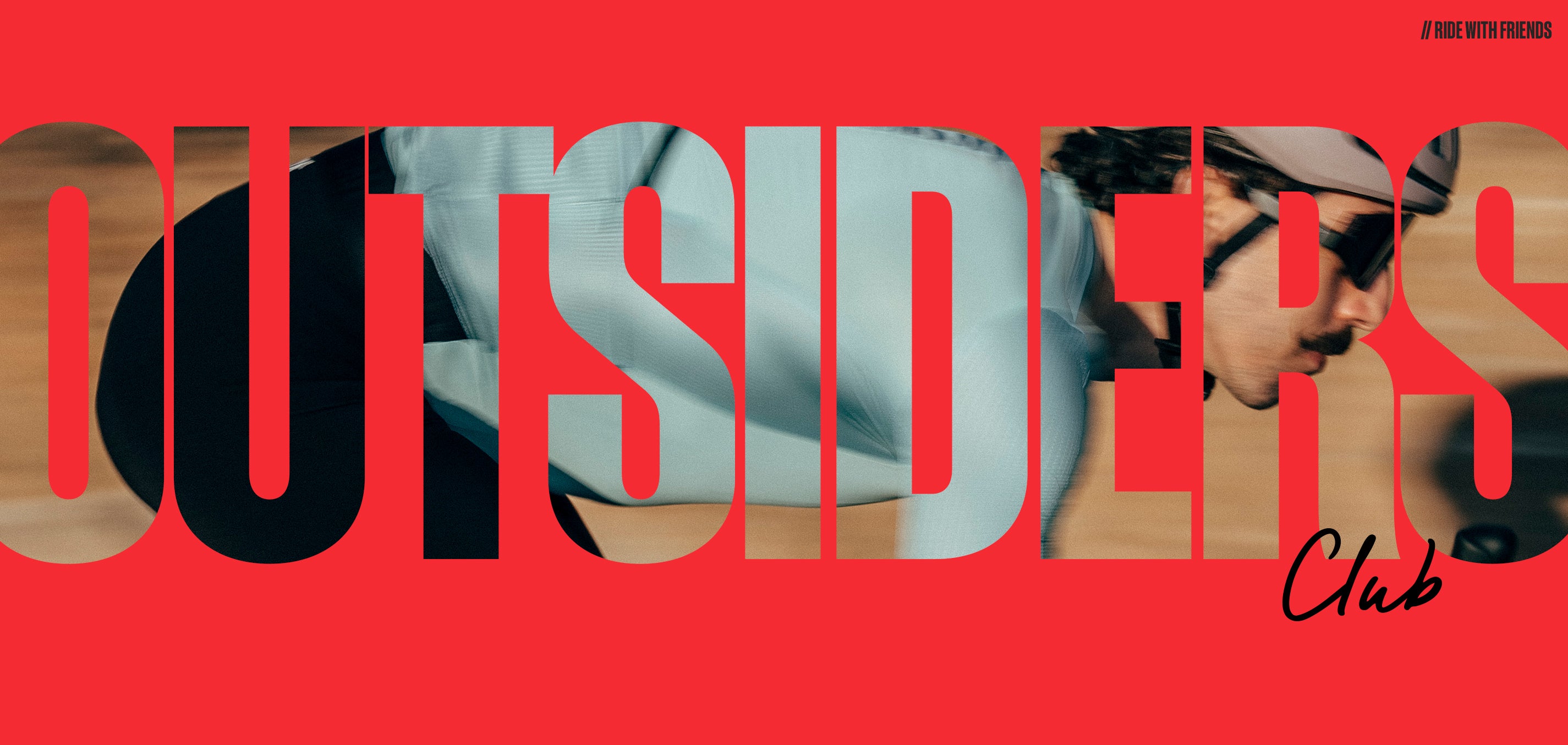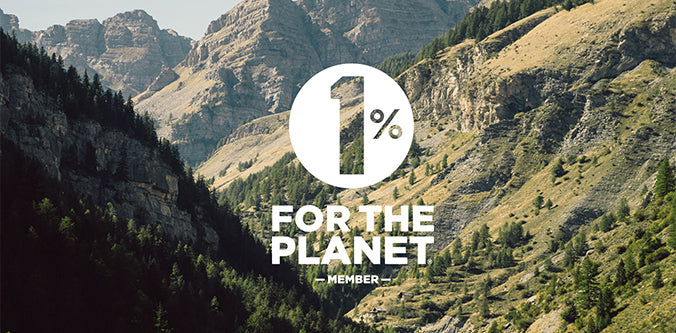Les Courses Disparues #7 : Grand Prix de Nice

François Urago was as niçois as the Promenade des Anglais itself. Born in Vence to Italian parents he was raised on the rolling roads of backcountry. Born the youngest of three brothers, he was soon infected by his siblings' passion for the vélo. It’s the stuff of Riviera dreams then, that François might one day win the big home race and our latest Course Disparue the Grand Prix de Nice.

Compared to some other Lost Races, the GP de Nice had a long innings from the first edition in 1923 to the last in 1976. Like a lot of niçois events, the focal point was the La Prom - with the départ and the arrivée located so as to provide a spectacle for the big crowds that turned out on the beach front.
From the seaside the peloton faced a loop of approximately 160kms that traced a path from the coast to the hills, between Nice, Grasse, Cannes and Antibes. It wasn't an all-out climbers' race, but rather one for the rouleurs and the baroudeurs. Being a one-day event, those with eyes on the trophy knew that at some point they would have to go 'all-in' if they wanted to raise their arms at the finish line on the seafront.
The list of winners throughout the 50 plus years is a mirror of what we see on the roads every time we ride – a mixture of local heroes and cycling’s elite. From Urago to Bobet, to the path-beating Englishman Brian Robinson and the Irish hero, Seamus “Shay” Elliot. The message to be found in between the lines is that this is a race that made careers for all.

Post-war the entry list was made up mostly of local French and Italian neo-pros, just like Urago. He turned professional in 1924 and his career on the road was mostly limited to racing in the region, but that is not to say that the level was lower - he was competing with the likes of the great René Vietto and Fermo Camellini, who both went on to earn global success in the Tour.

In his first time racing the GP de Nice as a pro, Urago came fourth but finished a full two minutes behind the winning break. In 1925 he was forced to abandon due to a broken wheel. The 1926 edition of the race was different in more ways than one. The organisers reversed the direction to go anti-clockwise from Nice and the pressure was applied from the start on the gentle slopes that lead to the village of Levens. From there it was a bounce in and out of the Var Valley where the steep parts of the climb from the river up to Le Broc made the first selection. Just 50km into the race and the leading group was reduced to seven riders. Sometimes statistics say it all.

Reading the race report from the archives of L'Eclaireur de Nice it's possible to see Urago's tactics were perfect - always near the front but never at the front, he was never noted as being higher than fifth wheel as the peloton gradually self-imploded.
The race made its way in and out of the valleys and along the foothills of what are locally known as 'the Préalpes' - the mountains before the bigger mountains. The 'balcony' road that is a traditional route for local cyclists to this day strings together a chain of perched provençal villages from Saint-Jeannet and the famous town of Vence to Bar-sur-Loup and eventually Châteauneuf-de-Grasse - a town which can lay honourable claim to being the birthplace of Café du Cycliste.

The real test of the race, when done anti-clockwise, was the climb to Gourdon and above to the Col de l'Ecre, where the parcours of the Grand Prix de Nice meets that of the Grand Prix de Cannes. The Lost Races parcours often criss-crossed each other like this on their way to making the careers of some of the biggest names of cycling's golden era.
Post-war was when the Riviera breeding ground got populated by the names that went on to become cycling royalty, such as Anquetil and the Bobet brothers. It was also when foreigners realised they needed to be on mainland Europe and, dare we say it, in La France to not only establish their names but also gain entry to the biggest race of them all - La Grande Boucle.

Cycling historians have recited how Brian Robinson laid the foundations of British cycling success in Europe. Robinson arrived in France as part of the British Hercules team in 1955 for what some say was the birth of the modern day winter training camp. Just as the modern day pros have done in Nice and Monaco, Robinson and his English and Irish team mates found pre-season training perfection in the famous Les Issambres winter base just beside St Tropez. It was here the kings of the 50s like the Bobets, Anquetil, Derrigarde and Stablinski did their pre-season work.

But as he was still establishing his career Robinson had to return to England for the off-season. As it turned out, a bit of manual labour shovelling earth to make the foundations for a home in England was the secret to success on his return to the Riviera in 1957.
“I came home in the winter and dug all the trenches for the place we live in now. I rode my bike at weekends and went back to France in January. With all that trench digging it took me about three weeks to get fit. That’s when I beat Louison Bobet to win my first big pro race, the Grand Prix de Nice.”

Robinson won by a mere 50 seconds with a last-minute escape to the line ahead of none other than Louison Bobet himself. Clearly digging holes in the ground had allowed him to dig a little bit deeper on the bike.
He went on to finish third in the Milan San-Remo the following month and continued the upward curve of his career to go on and win a stage of the Tour the following year. Unheard of for a cyclist from Huddersfield in Northern England.

But let’s return to local hero Urago. Having kept his nose out of the wind as much as possible, he picked two ramps the punctuated the descent back to the coast on which to make a gap. The red mist was down and as the breakaway strung itself out, the two riders remaining on Urago’s wheel had a crash with a car. François was left alone for the final 20km. Soloing to the line, it was a racing cyclist’s perfect moment with the sea and its mountain backdrop, the flotilla of boats in each harbor along the way, and the crowds waiting anxiously on the Promenade des Anglais.
Urago went on to achieve greater things on the track but that one day on the 21st February 1926 helped build a family bike business that lasted over fifty years. The Lost Races never failed to deliver.

Promenade des Anglais, Nice, France.
Read more about the races that gone but not forgotten in our Courses Disparues series.



















